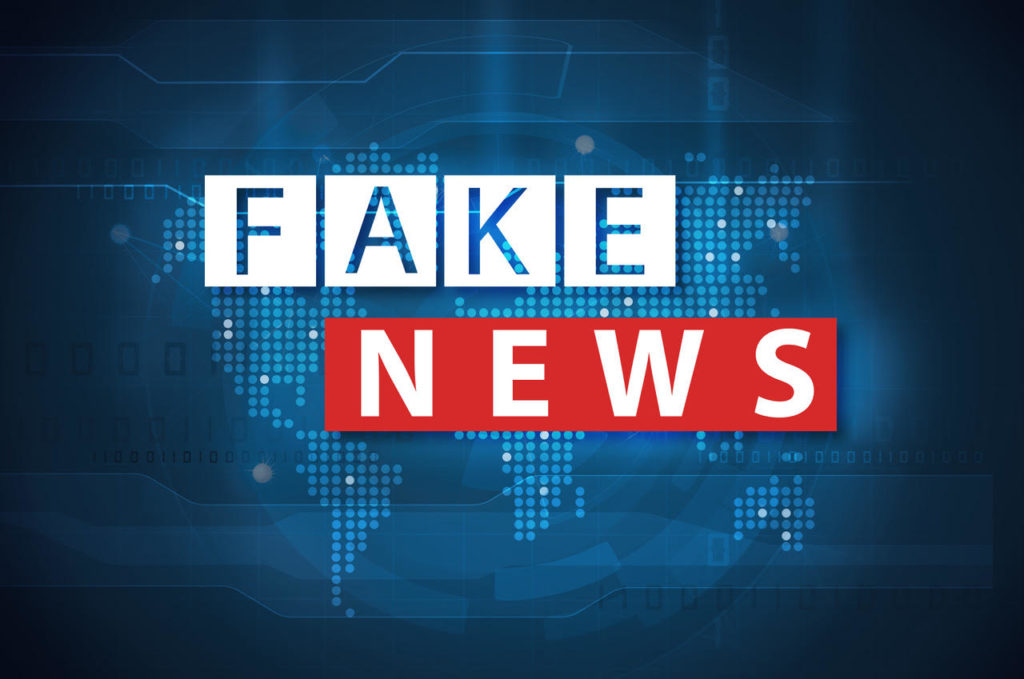What’s True? What’s Fake?
When it comes to the social media, that’s a commonly asked question.
Earlier this month, we witnessed, up close and personal, Covington and how something taken out of context on social media could become a major controversy causing confusion, conflict, embarrassment, and harassment.
Covington: How It Started
“This all began with a brief video shared across social media Saturday that showed Covington student Nick Sandmann face-to-face with Nathan Phillips, a 64-year-old Native American participating in the Indigenous Peoples March, surrounded by other students, many of them wearing “Make America Great Again” hats. The initial perception, which was picked up by many reporters and media outlets, was that a group of racist Trump-supporting white private school kids was taunting and intimidating an elderly Native American veteran.”
Upon Further Investigation
“By Sunday afternoon, additional footage emerged that showed another group of protesters harassed the students before Phillips placed himself in the middle of the conflict. Sandmann released a lengthy statement denying he or his classmates made any racist comments and insisting he was trying to be respectful of Phillips.”
After the Covington Incident
“Many who had lashed out at the teens the day before relented, issuing apologies and in some cases even praising the Covington students’ conduct.”
What Can Parents Teach Their Child About Social Media, Fake News and the Rush to Judgment?
There is such a thing as a teachable moment – an unplanned opportunity where parents have a chance to spontaneously share insight and spark discussions with their child. Parents taking time to explore a situation such as the Covington case can help their child better understand the significance of an event.
Consequences of Words and Images Taken Out of Context
Your child or their friends may have had their own experiences with information or images being taken out of context, posted on social media, only to cause feelings of embarrassment, confusion and isolation.
The Covington controversy was fueled by a Twitter account. Talking with your child about the consequences of posting fake news, encouraging your child to ask questions and explore other incidents of fake news will help educate and empower them to be more discerning about what is real news and what is fake news.
Instructive Discussions
Further, what happened to the Covington students can lead to instructive discussions about racism vs anti-racism, understanding sensitive issues, being proactive in reducing bullying and other negative incidents, treating people with respect, and even finding the value in difficult, uncomfortable conversations.
Prevention is Key
Controversies like Covington are complex yet they are also part of the real world. Prevention is key. Parents can take the opportunity to use viral videos that perpetuate fake news to teach their children about negative influences that can come from social media.







